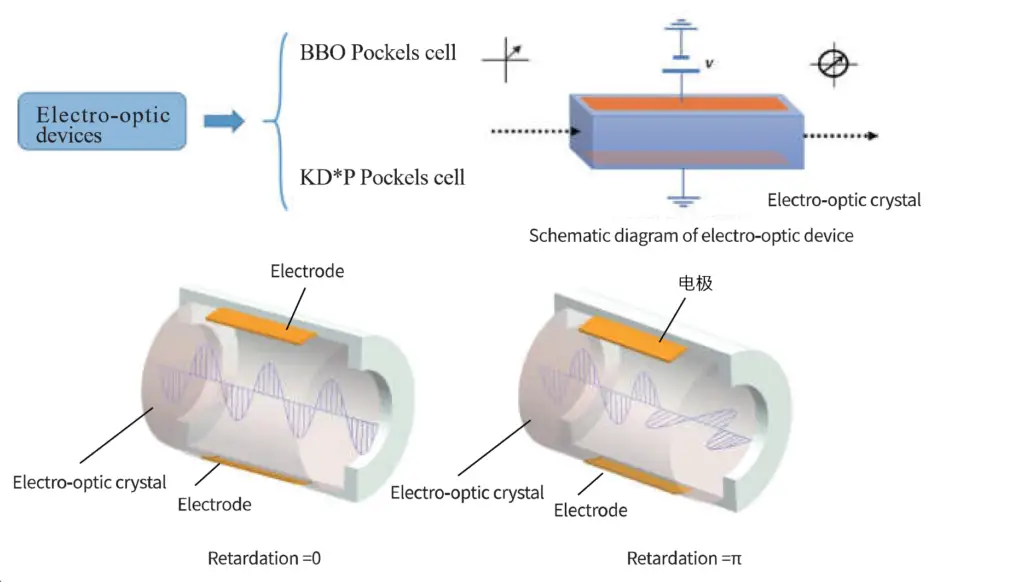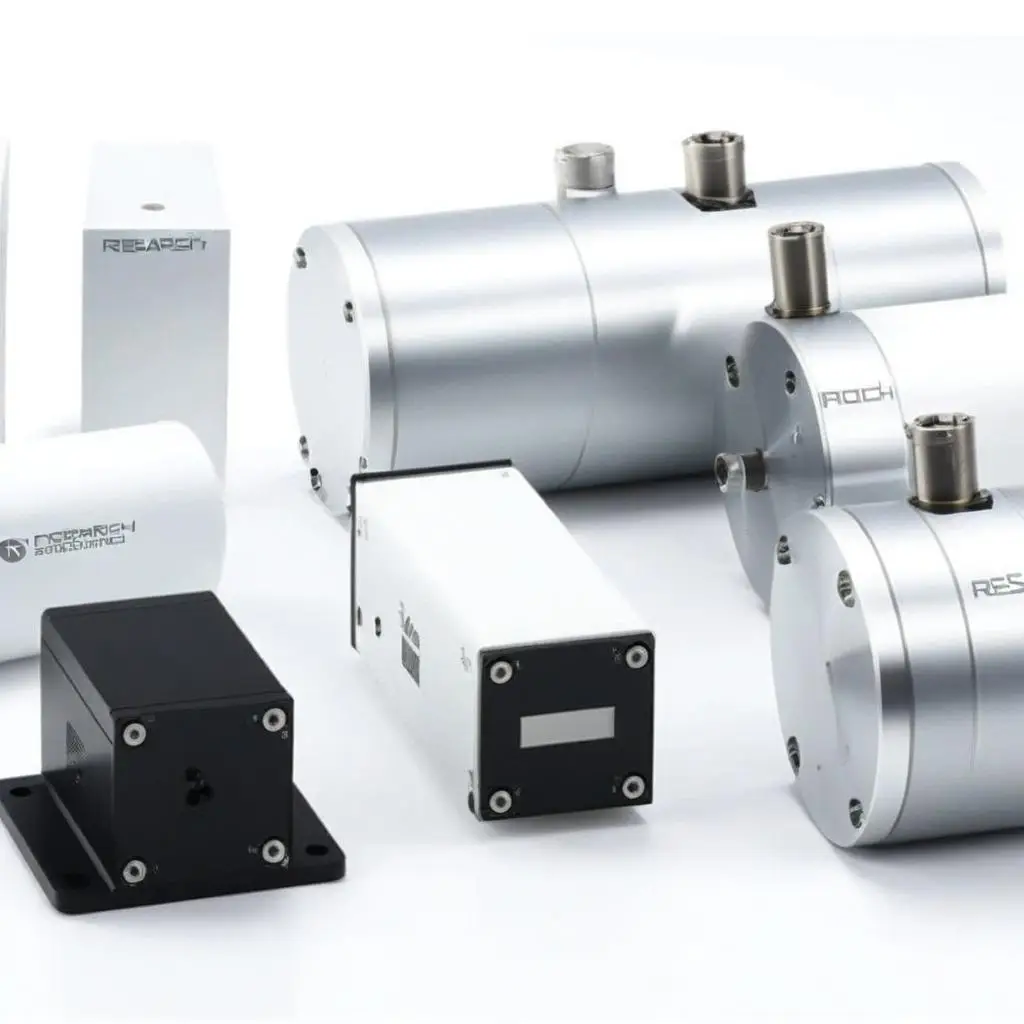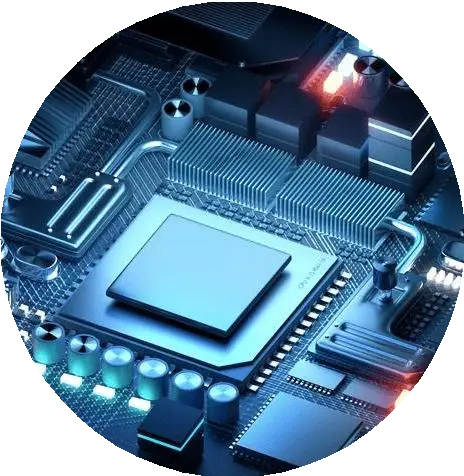Our Electro-optic devices leverage advanced Pockels effect technology for high-performance light modulation in precision applications, ensuring reliability and superior performance.
Electro-optic devices utilize the Pockels effect, where an external electric field induces a proportional refractive index change in an electro-optic crystal, such as BBO or KD*P. This change alters the crystal’s optical axis and subsequently modulates the polarized light phase. Friedrich Pockels first discovered this effect in 1893, illustrating that phase retardation depends on the crystal’s refractive index properties and the applied voltage. Electro-optic crystals operate as variable phase delay optical wave plates, enabling phase modulation from 0 to π radians. These devices’ rapid response to electric fields ensures their applicability in high-frequency systems.

BBO Pockels Cells: High-damage-threshold and non-hygroscopic, BBO cells are ideal for high-power Q-switching, regenerative amplification, and ultrafast laser systems.
KD*P Pockels Cells: KD*P cells offer high modulation frequencies and low insertion losses, catering to systems requiring reliable performance under high voltages.
Phase Modulators: These devices provide precise control over phase delays, ensuring seamless integration in applications such as laser stabilization and optical communication.

Electro-optic devices find extensive use in high-power laser systems, pulse modulation, and optical signal processing.
